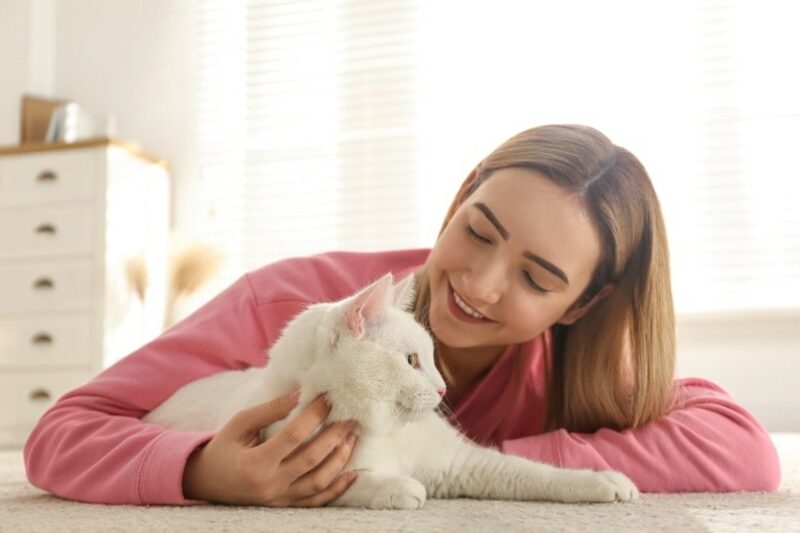Animals are amazing creatures that we share the world with. If you stop and look around once in a while, you’ll witness the beauty animals bring to our planet. Think of how boring our world would be without them. Since animals are amazing, they are much deserving of recognition, and that’s where World Animal Day comes in. But what is it, exactly? Simply put, World Animal Day is a day to promote animal rights and welfare, and it’s held every October 4th of each year. Read on to learn how you can celebrate the day.
What Is World Animal Day?
The theme for World Animal Day is “Great or Small, Love Them All.” This day originated in 1925 and is the brainchild of Heinrich Zimmerman, a Polish writer, publisher, and animal lover. On March 24, 1925, Zimmerman organized the first World Animal Day event in Berlin where 5,000 people attended. He also promoted the event by utilizing his magazine, Mensch und Hund, to spread the word.
In 1929, the holiday was moved to October 4th to honor the patron saint, St. Francis of Assisi, who was a man of faith and believer that all of God’s creatures deserve compassion. It’s believed that St. Francis Assisi, who lived in the 1100s and early 1200s, preached to birds and felt that nature was the “mirror of God.” His life is celebrated on his feast day, which is October 4th. Given his compassion for all animals, this date seemed fitting to honor him.
In 1931, Zimmermann proposed making October 4th a universal animal day, which was accepted unanimously by a congress of the world’s animal protection organizations in Florence, Italy.
Sadly, Zimmermann did not have the chance to enjoy his achievement very long. In 1933, the Nazis invaded Germany and came into power. They banned his Berlin Cat Protection Society membership archive due to its Jewish members and forced him back to Poland, his native land. He perished in November of 1942 in one of the concentration camps, which is believed to have been Kraków or the nearby Auschwitz concentration camp. Thankfully, animal lovers around the globe still celebrate the day.

How to Celebrate World Animal Day
Not every animal has a specific day created with their unique name for recognition; however, World Animal Day is a day when all animals, both in the wild and domesticated, are recognized to raise awareness for their conservation. World Animal Day encourages love, affection, and protection of all animals on the planet, and every year, over 1,000 events are planned around the globe, consisting of pet adoption events, awareness and education events, volunteering at shelters, and more.
Let’s consider what you can do to celebrate the day and participate in conservation efforts.
- Volunteer at your local shelter
- Make a monetary donation
- Eat vegan or vegetarian for the day
- Create a social media post to raise awareness
- Attend a workshop or conference about animals
- Visit your local zoo
- Give your own fur babies extra love and treats
Conclusion
Now that you know what World Animal Day is, ensure you mark October 4th each year to participate in this wonderful holiday. Since animals do not have a voice, World Animal Day allows humans to be the voice for animals, bringing animal awareness to the forefront. Animals play a significant role in our ecosystem, and we must take care of them for the good of our planet. Remember: “Great or Small, Love Them All.”
Featured Image Credit: New Africa, Shutterstock











